There are few icons as iconic as Mickey Mouse. This is a cartoon figure that catalysed the birth of an entertainment empire, one that recently celebrated it’s 100th anniversary and continues to set the standard when it comes to mainstream family entertainment.
With theme parks the size of London to cruise lines, multiple billion-dollar movies franchises and more merchandise than perhaps any other brand on earth, Disney is still a very big deal indeed and even though the brand has taken a few knocks of late in terms of public perception, you’d struggle to find a single home in the western world untouched by the ripple effects of Mickey Mouse.
The Birth of an Icon
Mickey Mouse, the iconic creation of Walt Disney and Ub Iwerks, has captured the hearts of audiences worldwide for over a century now. Originally dubbed “Mortimer” until Walt’s wife wisely told him what a dodgy name that was, Mickey is a softly spoken, amiable character that represents so much to so many of us and now, 100 years later, he’s finally entered the public domain.
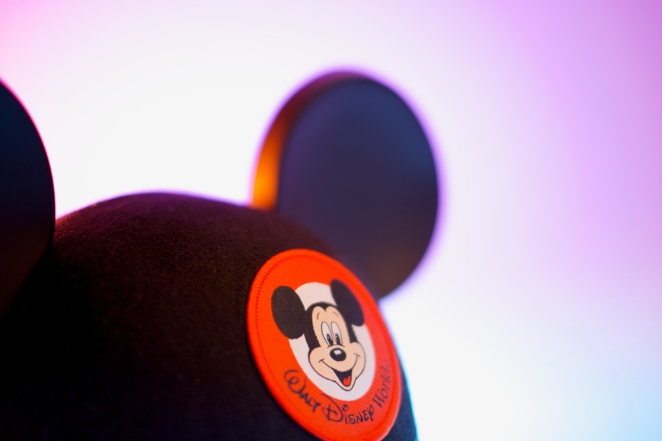
However, with his visage already gracing a thousand ice cream vans up and down the country and a thousand more bouncy castles, with little legal recourse, what does this really mean, on a wider scale? Well, in the simplest of terms it means anyone can use the character in their creative works without the need for permission or licensing fees.
But is this going to open the floodgates to the extent that we all become sick of Mickey Mouse, and could that taint the legacy of Walt Disney and the Disney brand itself, by extension?
Mickey's Copyright Journey
Initially introduced in the 1928 cartoon "Steamboat Willie," Mickey Mouse was protected under the Copyright Act of 1909, which provided for a copyright term of 28 years, renewable for another 67 years. This meant that, under the original copyright terms, Mickey's copyright would have expired in the early 2000s.
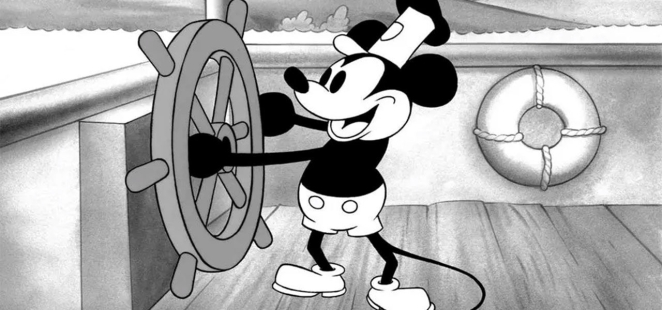
However, changes in copyright law, particularly the Copyright Term Extension Act of 1998, commonly referred to as the "Mickey Mouse Protection Act," significantly extended copyright terms. This legislation was seen by some as a way to keep Mickey Mouse, and other valuable intellectual properties, under the protection of Disney's copyright.
In 2024, however, the copyright protection for the early incarnations of Mickey Mouse finally expires. This means that the original black-and-white Mickey Mouse cartoons, along with the character's likeness and traits as they appeared in those early works, will officially be in the public domain from next year and are fair game.
What This Means for Creatives
Mickey Mouse's entry into the public domain opens a world of creative possibilities. Artists, writers, animators, and filmmakers can now freely incorporate the character into their works without fear of copyright infringement.
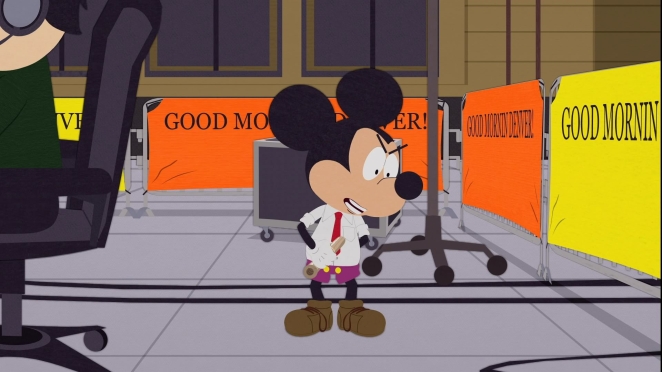
Creators can reimagine Mickey Mouse in unique and innovative ways, updating his character for modern audiences or exploring new storylines and adventures. This reinterpretation can breathe fresh life into a character that holds a special place in our cultural heritage.
The implications for advertisers are endless. This is a character with innate connections to childhood and innocence that could be used in so many potentially powerful and subversive ways. I honestly can’t wait to see what adland comes up with! Scholars, educators, and historians can also use Mickey Mouse's early iterations for research, educational materials, and exhibitions, shedding light on the character's historical and cultural significance.
Perhaps the most obvious eventuality, however, is the character’s use in parodies and satirical works, offering a new layer of commentary and critique on the character and Disney's legacy. Yes, Mickey Mouse has been used as a satirical figure before (his role in South Park as a maniacal dictator was particularly chuckle-worthy) but all depictions were wrapped in cotton wool before, to a degree.
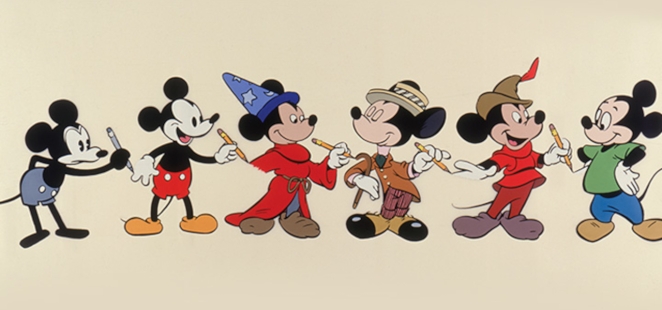
Now, the gloves are officially off.
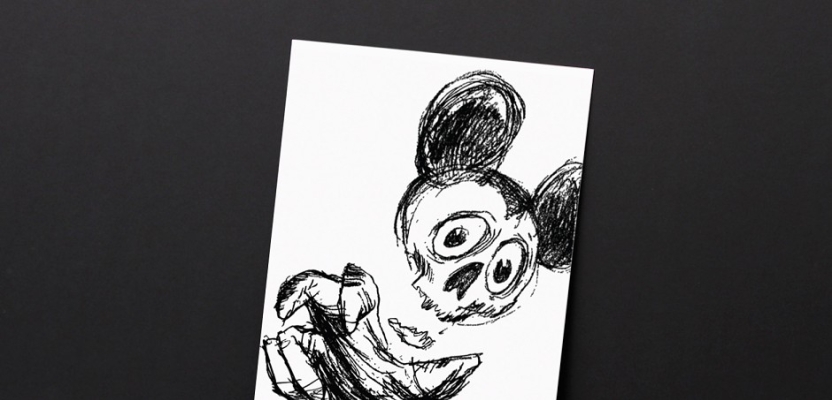


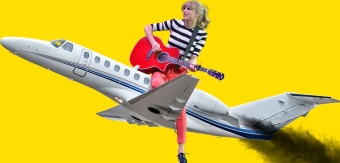

Suchet November 4th, 2023, in the evening
Remarkable news that he's in the public domain now - I would actually love to see another Mickey Mouse movie by Disney - Something with a great story and vision.